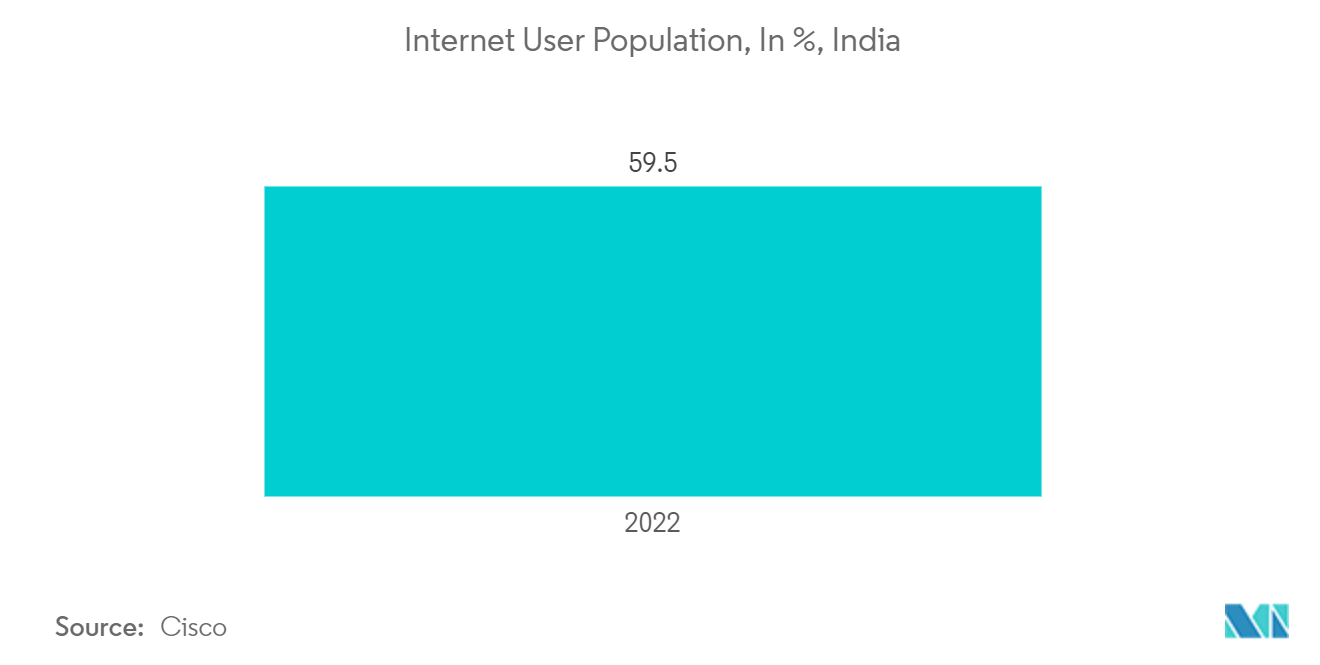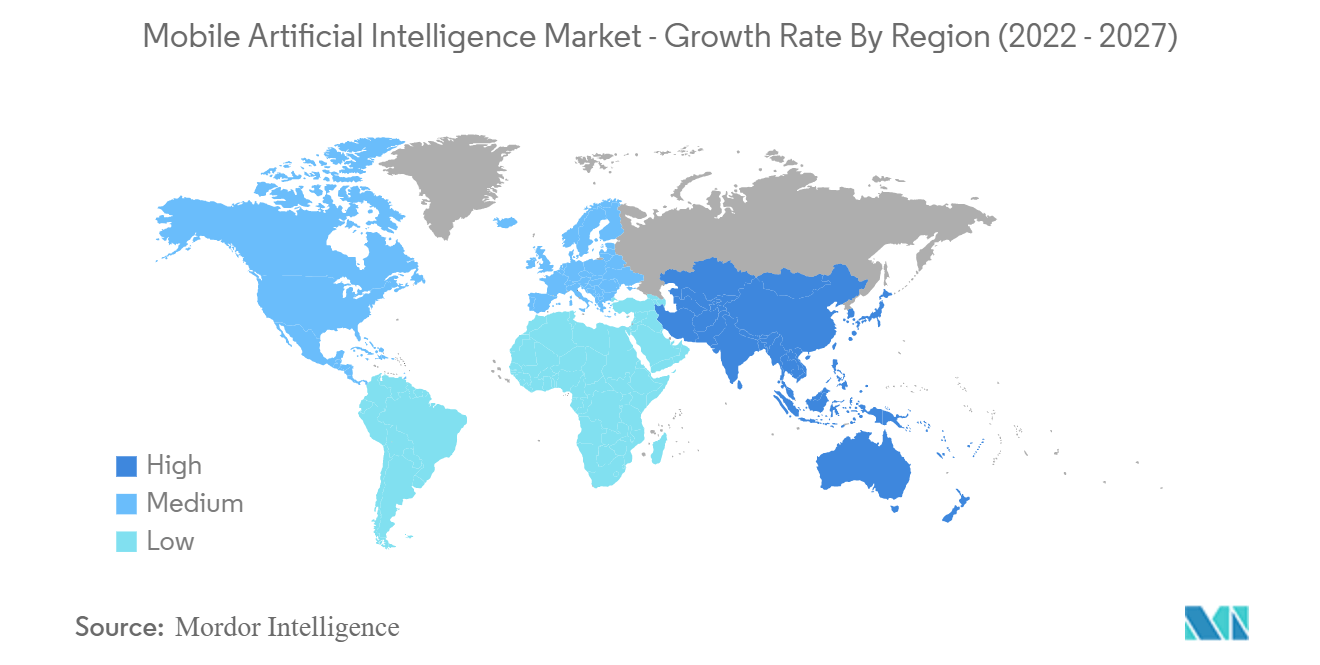Market Trends of Mobile Artificial Intelligence Industry
Smartphone Application Drive Growth of The Market
- The market for smartphone AI processors is growing because more and more people want real-time voice processing and image recognition. Most AI processors have extra built-in neural processing units (NPUs) that can do cognitive tasks, work in parallel, and use little power. On-device AI uses AI-specific chipsets, and by 2022, all top-of-the-line smartphones should have them. Most new high-end smartphones include AI chips with a dedicated neural processing unit.
- AI is becoming the most important part of smartphones, and it can be used for a lot more than just digital assistants. With Edge-AI technology, many AI functions that used to be done on the back end can now be done on the phone itself. With each update, artificial intelligence (AI) and machine learning (ML) make hardware and software for mobile phones better. This affects marketers and customers and makes life easier for everyone.
- The features of the virtual assistant are steadily improving. Some speech recognition now provides a greater understanding than a human listener, even in crowded conditions. Over time, virtual assistants are likely to become a much more significant part of the user's phone interface, and AI will identify the natural human language the user provides. In the coming years, smartphone manufacturers are expected to implement even more advanced AI and ML to identify people as their facial features change, such as growing a beard or wearing glasses.
- Moreover, the growing penetration of cell phones worldwide is also helping the market grow. For example, the mobile penetration in North America had 321 million unique mobile subscribers. By 2025, the penetration rate will increase by 2% to 345 million individual mobile subscribers.
A growing number of mergers and partnerships between big tech companies also helped the market grow. Apple is the leading buyer of companies in the global artificial intelligence space. For instance, Apple acquired the most AI companies, defeating Accenture, Google, Microsoft, and Facebook. All of the other companies also had an increased number of AI acquisitions.

North America to Occupy the Largest Market Share
- North America is expected to make up a big part of the market in terms of demand since it is a good place for startups and SMEs to do business in terms of government regulations and compliance. Also, due to various developments made by these companies, the region is expected to lead in technology adoption and be home to major AI solution providers for mobile applications based in North America, hence driving the market to grow significantly in the forecast period.
- The U.S. government has decided to encourage federal investment in AI research and development (R&D) in partnership with industry, universities, international partners and allies, and other non-federal entities.This is to help AI technology make big leaps forward. Networking and Information Technology Research and Development (NITRD) is getting USD 9.6 billion for research and development in FY 2023, which is USD 1.8 billion more than what was asked for in FY 2022. According to the supplement, the rise is because the Department of Defense will release information about funding for AI research and development in FY 2023.
- AI is built into Google's core. The company successfully transitioned from a mobile-first to an AI-first world. AI is integrated into all Google apps we use daily, including Google search engines, Google Maps, Google Photos, YouTube, and Gmail Smart Reply. Google is driving AI through its technological offerings, such as TensorFlow and Cloud AutoML (to name a few), and assisting developers and SMBs in innovating through open-source projects.
- Artificial intelligence and the internet of things are becoming more common in many industries, and voice assistants and smart speakers are becoming more popular. This is increasing the need for mobile AI in the area.
In North America, the growth of the market is also due to the changing digital infrastructure in healthcare, a well-established healthcare sector, and more patients learning about the benefits of AI. In North America, the need for artificial intelligence in healthcare is likely to push several key players into the market.


